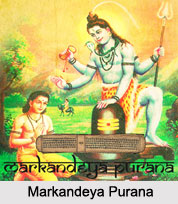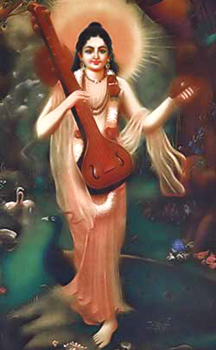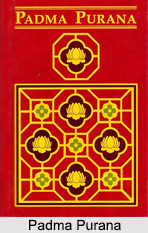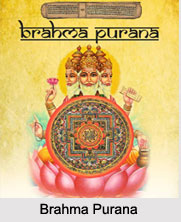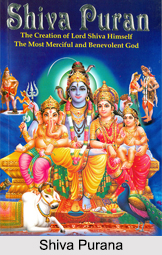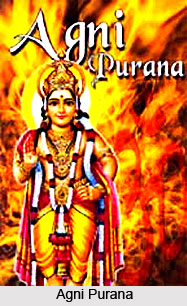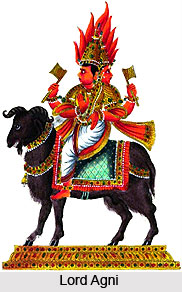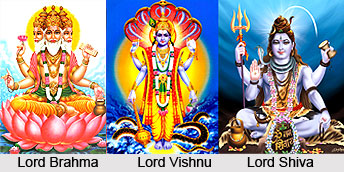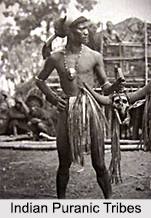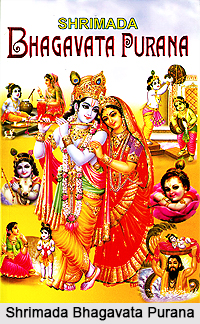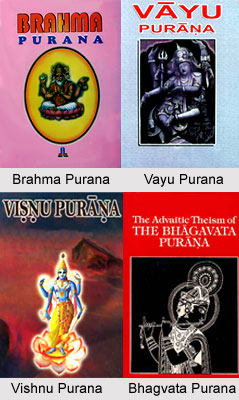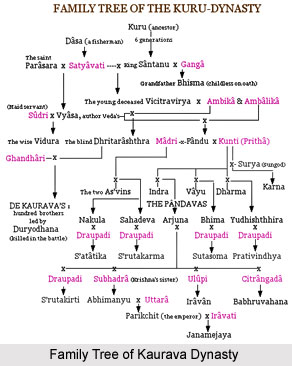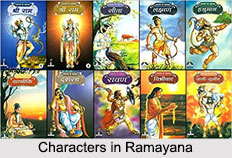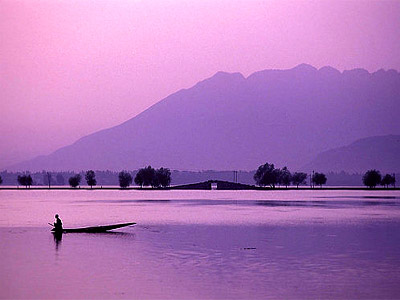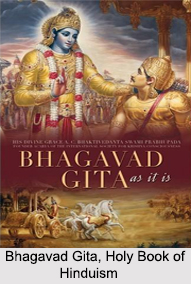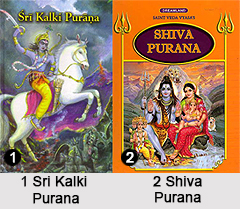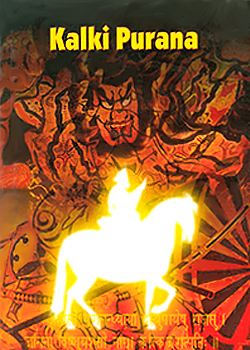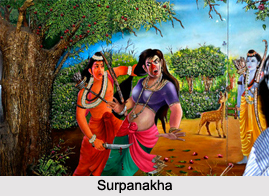The Agni Purana cites various kinds of shaligrama-shilas whose worship brings unhappiness and only unhappiness. These include a shila with a mouth resembling a snake, a broken shila, one with chakras facing each other, with a circled chakra, a shila with a producting navel, a tawny-coloured shila known as Narasimha, a shila with many lines inside the circle, and a shila unrecognisable due to its baffling marks.
As for the shalagrama-shilas that bring ill luck and sorrow, as mentioned above, one should understand that this is only for worshippers provoked by worldly wants. But for a person liberated from material desires, there is no harm to worship these shilas. Thus in Brahma Purana the Supreme Lord Vishnu states that any shila from the place of shalagramas can never be untoward though cracked, chipped, fragmented into two, still in one piece, or even broken apart. Lord Shiva also substantiates in Skanda Purana that even if a shila is cracked, split, or broken it will have no detrimental effect if it is worshipped with attention and affection by a devotee. It additionally states there that the Supreme Lord Hari, along with His divine consort, Lakshmi, lives in the shalagrama-shila that has either only the mark of a chakra, a chakra along with the mark of a footprint, or only a mark like a flower garland. It is stated in Gautamiya Tantra that just by touching a shalagrama-shila one becomes liberated from the wrongdoings of millions of births. By shalagrama-puja one achieves the friendship of Lord Hari. Worshipping shalagrama-shila is more gratifying to Lord Narayana, compared to the veneration of His deity form along with Lakshmiji in a temple. By reverencing Lord Hari in the chakra of a shalagrama-shila, one gains similar welfare, equal to performing the agnihotra sacrifice and lending the whole world with all its oceans in charity. The scummiest of men saturated by envy,
annoyance, and avarice are bound to accomplish the highest abode of Supreme Lord Hari by worshiping shalagrama-shila. One who revers the shalagrama-shila as Govinda will never fall from the heavenly planets up to the end of the universe - even without attending to holy places, giving in charity, performing sacrifices, or studying the scriptures. People who merely worship a shalagrama-shila will still attain mukti. A shraddh ceremony done in front of shalagrama-shila will satiate many generations of forefathers and award them abode in deva-loka for hundreds of days of Brahma (kalpas). Even if a person lustful or wild by nature worships shalagrama-shila with veneration, or even heedlessly, will earn liberation. Those who speak Hari-katha in front of shalagrama-shila need not dread Yamaraja or cycle of birth and death. In Kali-yuga one who loyally worships shalagrama-shila with prayers, kirtana, and musical instruments, will live forever in Hari-dhama. The area within a radius of 24 miles from where a shalagrama-shila is worshipped, is considered as a holy place (tirtha). The yields of japa, charity, sacrifices, or any other religious activities done in that area will be manifolded millions of times.

